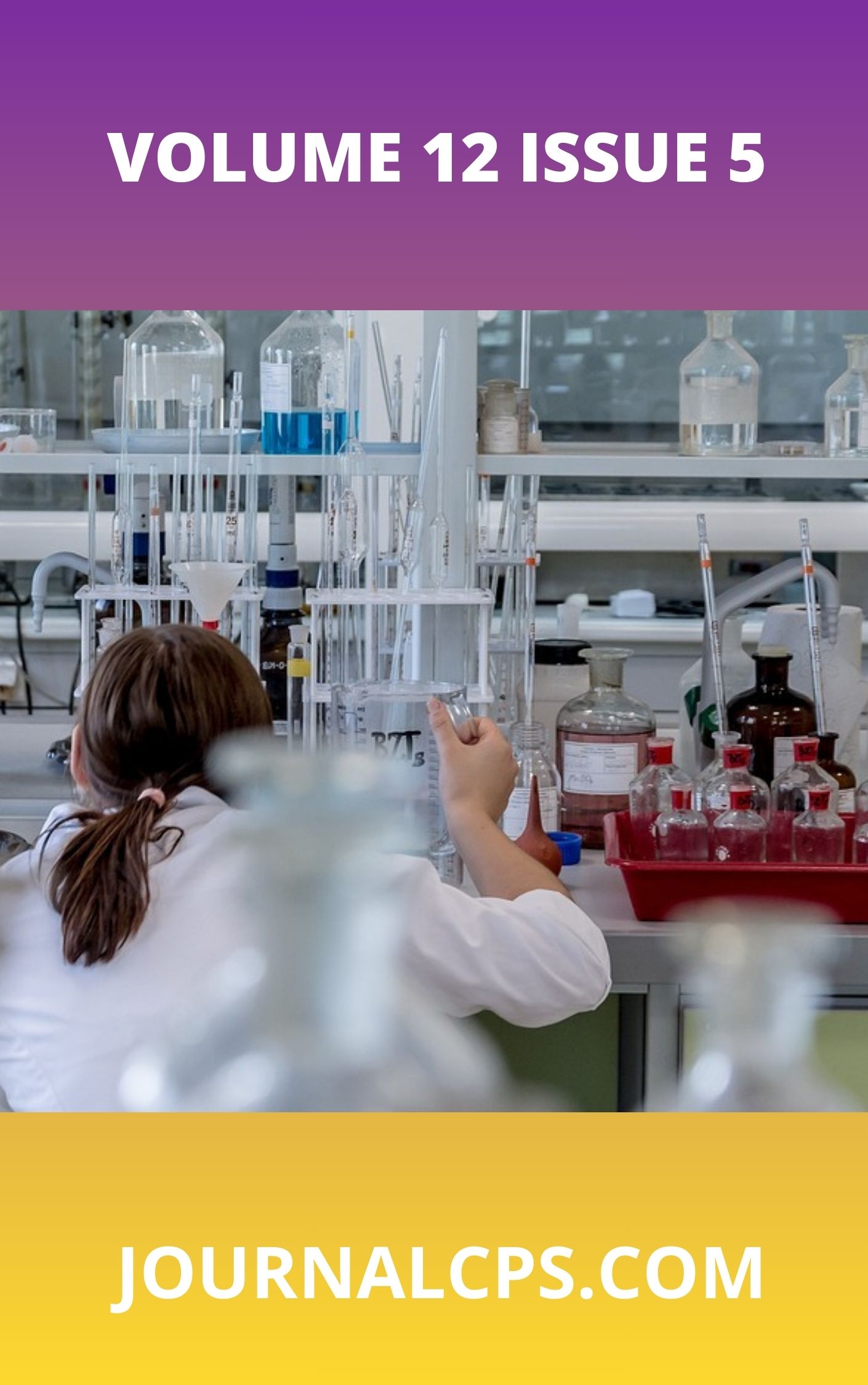Development and Application of a Novel Bi-functional Heat Treatment Furnace: A Review
Keywords:
Fabrication; Dual-Purpose; Heat Treatment; Furnace; Materials.Abstract
This review explores the development and application of dual-purpose heat treatment furnaces, which have gained prominence due to their versatility and efficiency in industrial processes. Dual-purpose furnaces, capable of performing both hardening and tempering operations, represent a significant advancement in metallurgical engineering. These furnaces are designed to enhance operational efficiency, reduce energy consumption, and improve the mechanical properties of treated materials. Key design considerations for dual-purpose heat treatment furnaces are examined, including material selection for furnace construction, temperature control mechanisms, and energy efficiency strategies. Advances in furnace insulation materials, precision temperature controllers, and automation technologies are highlighted as critical factors contributing to the enhanced performance of these furnaces. The integration of smart technologies, such as IoT sensors and data analytics, for real-time monitoring and predictive maintenance, is also discussed. The review further delves into case studies and practical applications of dual-purpose heat treatment furnaces across various industries, including automotive, aerospace, and manufacturing. These case studies demonstrate the tangible benefits of adopting dual-purpose furnaces, such as improved product quality, reduced operational costs, and increased production throughput. Challenges in the fabrication and operation of these furnaces, such as maintaining uniform temperature distribution and managing scale buildup, are also addressed. In conclusion, the fabrication of dual-purpose heat treatment furnaces represents a promising avenue for achieving superior material properties while enhancing industrial efficiency. Future prospects include further integration of advanced materials and digital technologies to optimize furnace performance and sustainability.
Similar Articles
- Oladimeji Enock Oluwole, Umeh Emmanuel Chukwuebuka, Idundun Victory Toritseju, Koffa Durojaiye Jude , Obaje Vivian Onechojo , Petinrin Moses Omolayo , Adeleke Joshua Toyin, The performance analysis of a Wood-Saxon driven Quantum-Mechanical Carnot Engine , Communication In Physical Sciences: Vol. 11 No. 3 (2024): VOLUME 11 ISSUE 3
- Bala Idris, Abdullahi Lawal, Dauda Abubakar, Saddiq Abubakar Dalhatu, Ab initio Calculation of CuSbSe2 in Bulk and Monolayer for Solar Cell and Infrared Optoelectronic Applications , Communication In Physical Sciences: Vol. 7 No. 3 (2021): VOLUME 7 ISSUE 3
- Elijah Danladi, Paul. A.P. Mamza, S.A. Yaro, M.T. Isa, E. R. Sadiku, Tshwane, Dynamic Mechanical Properties and Surface Morphology of Glass/Jute/Kevlar Fibres reinforced Hybrid Composite , Communication In Physical Sciences: Vol. 7 No. 4 (2021): VOLUME 7 ISSUE 4
- Elizabeth C. Nwaokorongwu, Dual Solution Synthesis and Characterization of Sns:Zns Alloyed Thin Films and Possible Applications in Solar Systems and Others , Communication In Physical Sciences: Vol. 9 No. 2 (2023): VOLUME 9 ISSUE 2
- Oyebola Olusola Olurotimi, Belewu Fatai Damilola, Balogun Rilwan Oluwanishola,, Adegboyega Anthony Babajide, Oyebode Daniel Oluwatimilehin, Exploring the Thermoelectric Potential of Trigonal MgS2: A Computational Investigation Using DFT and Boltzmann Transport Theory , Communication In Physical Sciences: Vol. 11 No. 2 (2024): VOLUME 11 ISSUE 2
- Ikimi, Charles German, Umeoguaju, Francis Uchenna, Ononamadu, Chimaobi James, Exploration of Vitreous Biochemical Markers for Postmortem Discrimination of Carbon Monoxide Toxicity: Insights from Animal Model , Communication In Physical Sciences: Vol. 11 No. 4 (2024): VOLUME 11 ISSUE 4
- Nsor Ofo Alobi, Onyeije Ugomma Chibuzo , Wood Saw Dust as Adsorbent for the Removal of Direct Red (DR) Dye from Aqueous Solution , Communication In Physical Sciences: Vol. 4 No. 2 (2019): VOLUME 4 ISSUE 2
- Ikimi, Charles German, Umeoguaju, Francis Uchenna, Ononamadu, Chimaobi James, Exploration of Vitreous Biochemical Markers for Postmortem Discrimination of Carbon Monoxide Toxicity: Insights from Animal Model , Communication In Physical Sciences: Vol. 11 No. 4 (2024): VOLUME 11 ISSUE 4
- Elizabeth Chinyere Nwakorongwu, Patricia Uchechi. Kanayochi-Okpechi, Ugochukwu Joseph, Effects of Annealing Temperature on the Dual Solution Synthesis and Optical Characterization of AlS: ZnS Thin Films , Communication In Physical Sciences: Vol. 11 No. 1 (2024): VOLUME 11 ISSUE 1
- Steven S. Odoemelam, Jude C. Nnanji, A Review on the Synthesis and Application of Nanomaterials for the Removal of Emerging Contaminants from Industrial Wastewater , Communication In Physical Sciences: Vol. 5 No. 3 (2020): VOLUME 5 ISSUE 3
You may also start an advanced similarity search for this article.




